Flowers can hold a lot of meaning. They can symbolize emotions, seasons, and reactions. Most people associate flowers with spring or summer, but there are plenty that symbolize winter and even bloom in the snow. Follow along to discover 12 flowers that represent winter.
Before we dive into the flowers that symbolize winter, let’s first understand the emotions and meanings behind winter. Winter can mean a lot of things. This cold season generally represents new beginnings while also sometimes symbolizing death. Winter may also represent sorrow, hope, longing, and struggle.
Forget-Me-Nots
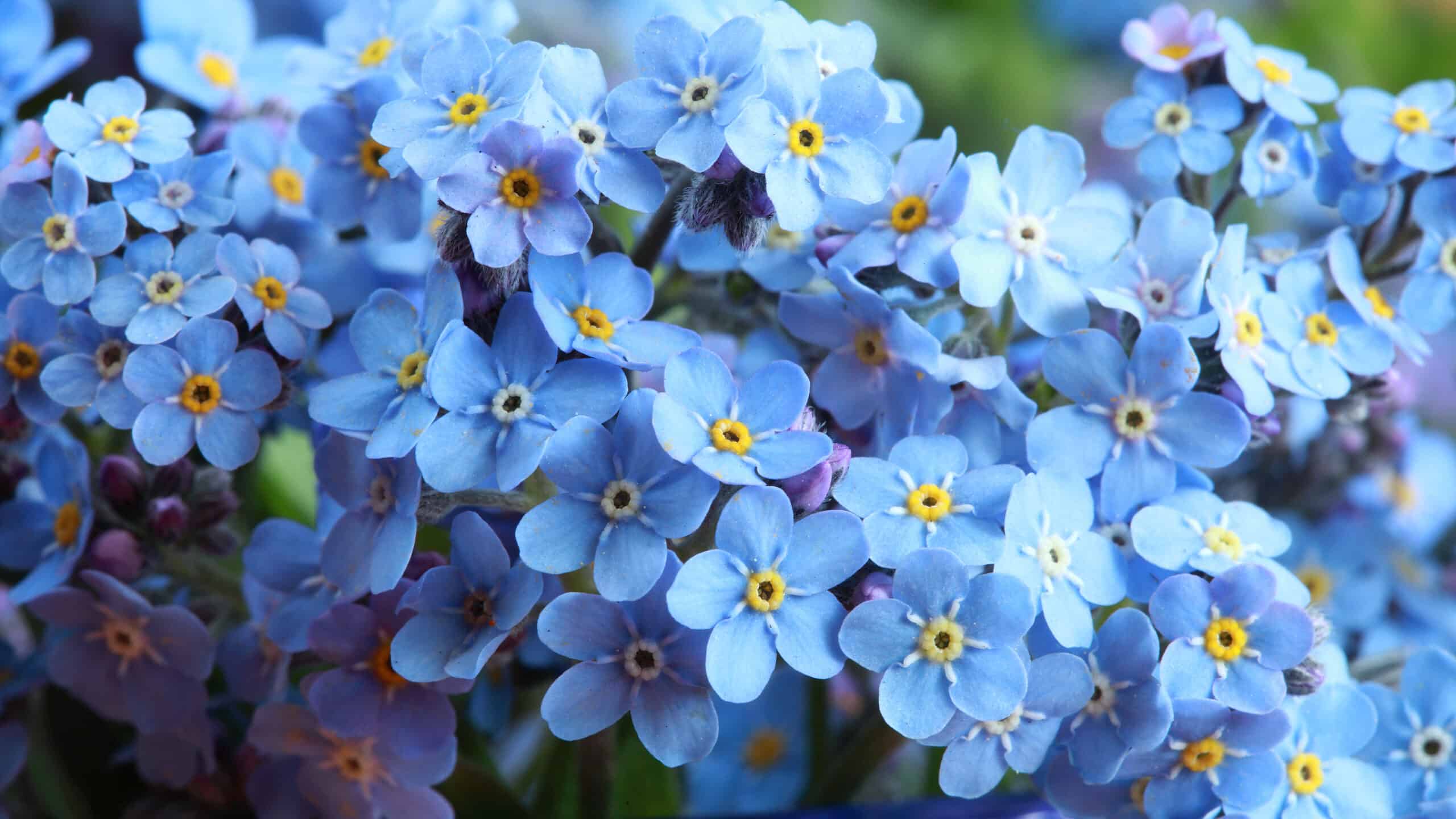
Forget-me-nots are in the family
Boraginaceae.
©Shulevskyy Volodymyr/Shutterstock.com
The first flowers on our list are forget-me-nots, small flowers within the family Boraginaceae. Within the genus are around 150 species, varying in size and color. Forget-me-nots are often blue but can also produce pink, purple, and white flowers. But what do they represent? How do they symbolize winter?
Forget-me-nots are hardy plants. While it’s rare to see them bloom during snowy winters, they return during the springs, staying dormant in cool weather. Forget-me-nots also symbolize faithfulness, healing, and loyalty, which resembles winter. Winter can be a time of reflection and healing.
Christmas Rose
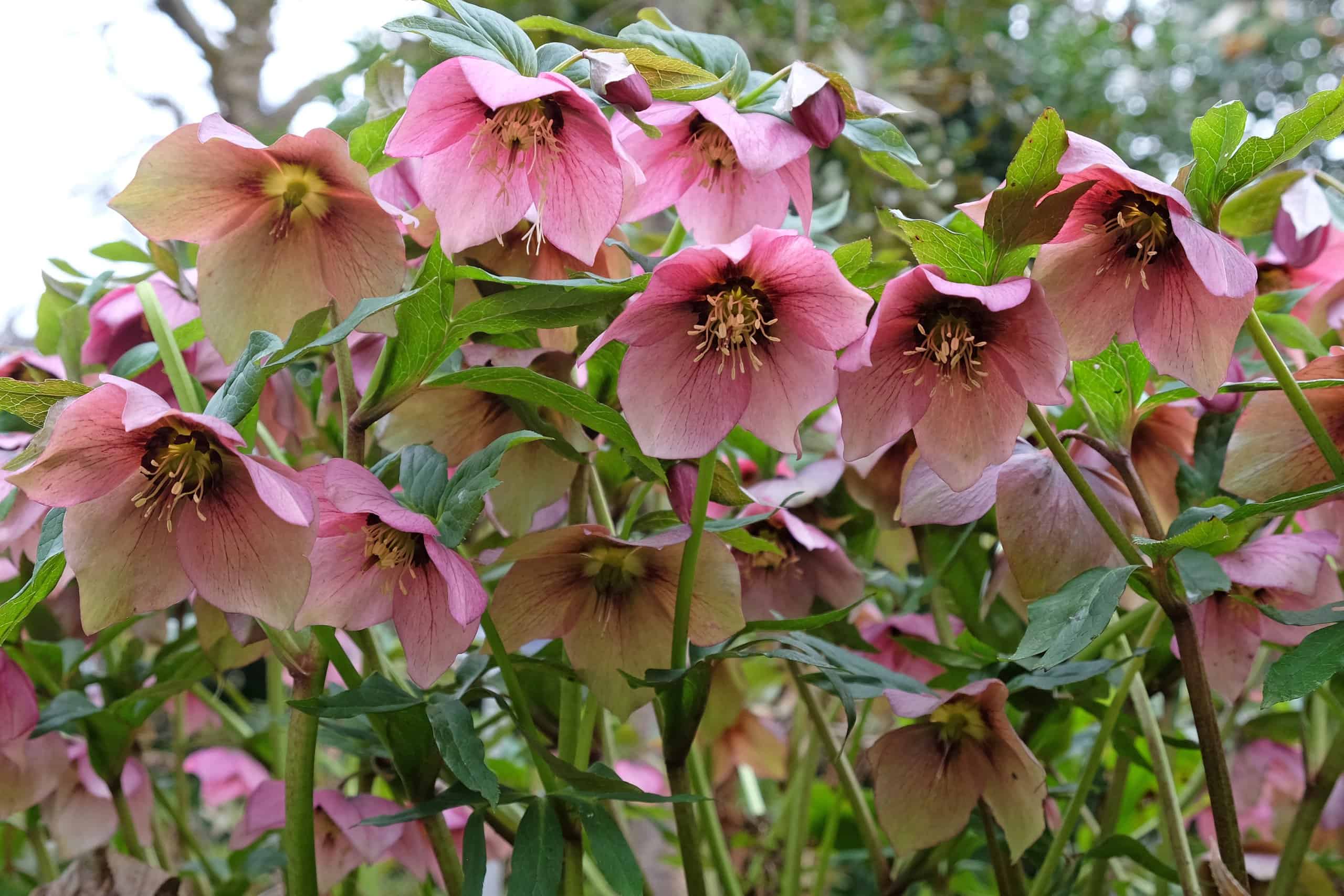
Christmas roses are native to parts of Europe.
©Alex Manders/Shutterstock.com
Second on our list of flowers that represent winter are Christmas roses. Appropriately named, Christmas roses flowers during winter. Although not a true rose, it resembles a rose. The scientific name for a Christmas rose is Helleborus niger. They are native to southern and central Europe. These lovely flowers are poisonous and produce large white or pink blooms with pink or yellow edges. Christmas roses can mean hope in the winter as the bright blossoms open in the dead of winter.
Cyclamens

A beautiful winter flower is the cyclamen.
©Adrian Eugen Ciobaniuc/Shutterstock.com
Cyclamens may also represent winter. These gorgeous and bright flowers are hardy. They bloom during winter and early spring, staying dormant in summer. Cyclamens take months to grow, but the wait is worth it. This flower didn’t make our list just because it blooms and grows during winter though. The flowers also hold a lot of meaning. These colorful flowers represent emotions like positivity and long-lasting feelings of love. They also signify empathy and, most importantly, about winter, goodbye. You can give these flowers to someone who is leaving, when you are leaving, or has passed away. A beautiful winter flower is the cyclamen.
Sword Lily

Technically, sword lilies are a genus of flowers known as
Gladiolus.
©iStock.com/Olga Niekrasova
Sword lilies also represent winter, but how? First, let’s discuss what a sword lily is. Sword lilies are also known as Gladiolus flowers. Technically, sword lilies aren’t a specific flower species but a genus of flowers in the Iridaceae family. There are hundreds of species within this genus that have many different appearances. Even so, these flowers generally represent strength and remembrance. They also symbolize faith, hope, and longing, which are words often associated with winter.
Snowdrops
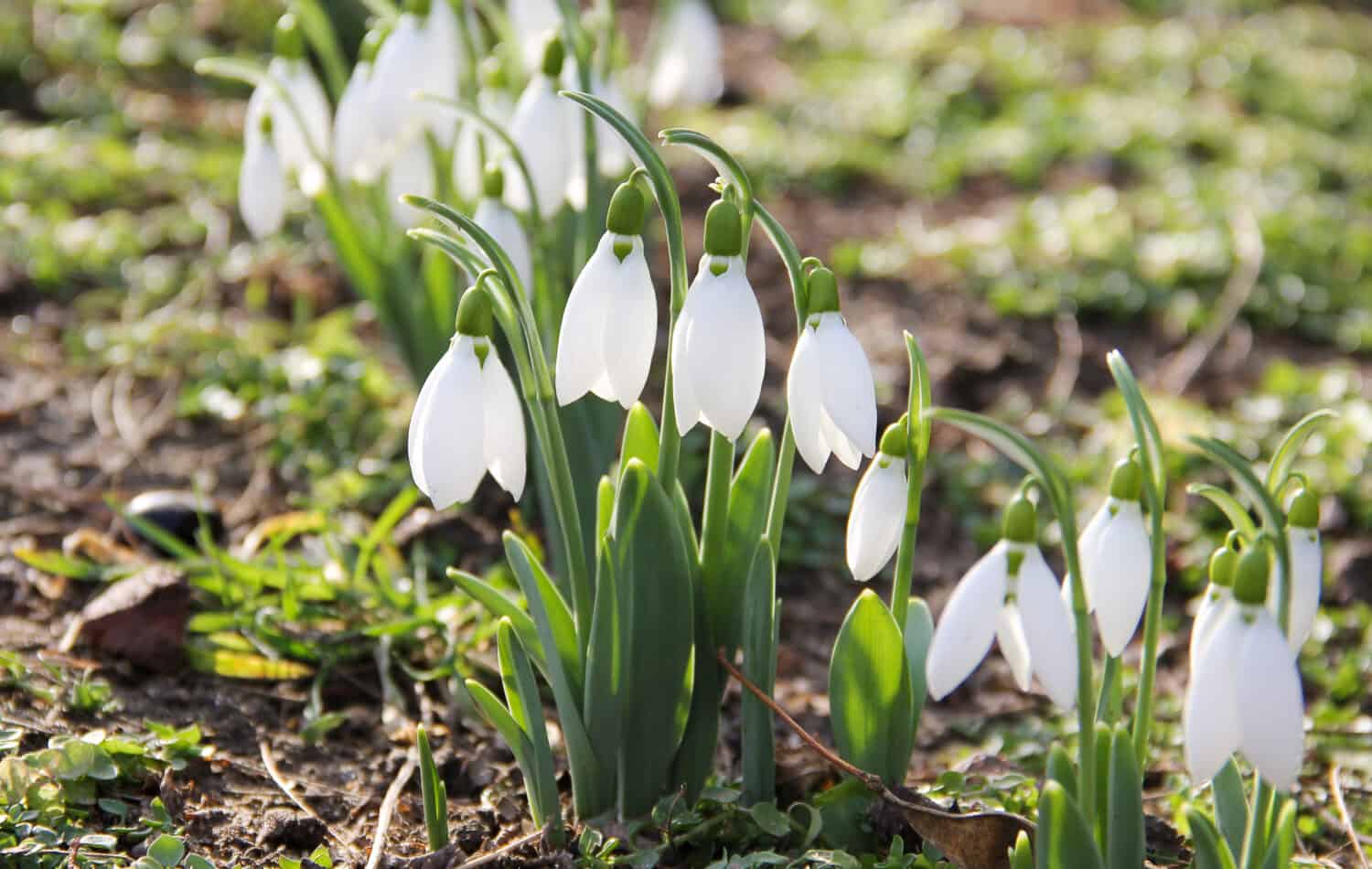
Snowdrops are members of the family
Amaryllidaceae.©Olesya Myzzz/Shutterstock.com
Another flowering genus to make our list is Galanthus, also known as snowdrop flowers. Snowdrops belong to the family Amaryllidaceae. These lovely flowers are known for their delicate white single blooms that droop. Small inner petals with green coloring are in the center of these gentle flowers. Snowdrops have a relatively long season that may begin as early as October in the United States and runs to April. They represent winter as they bloom while snow remains on the ground. Snowdrops also represent innocence, purity, and hope.
Winter Aconite
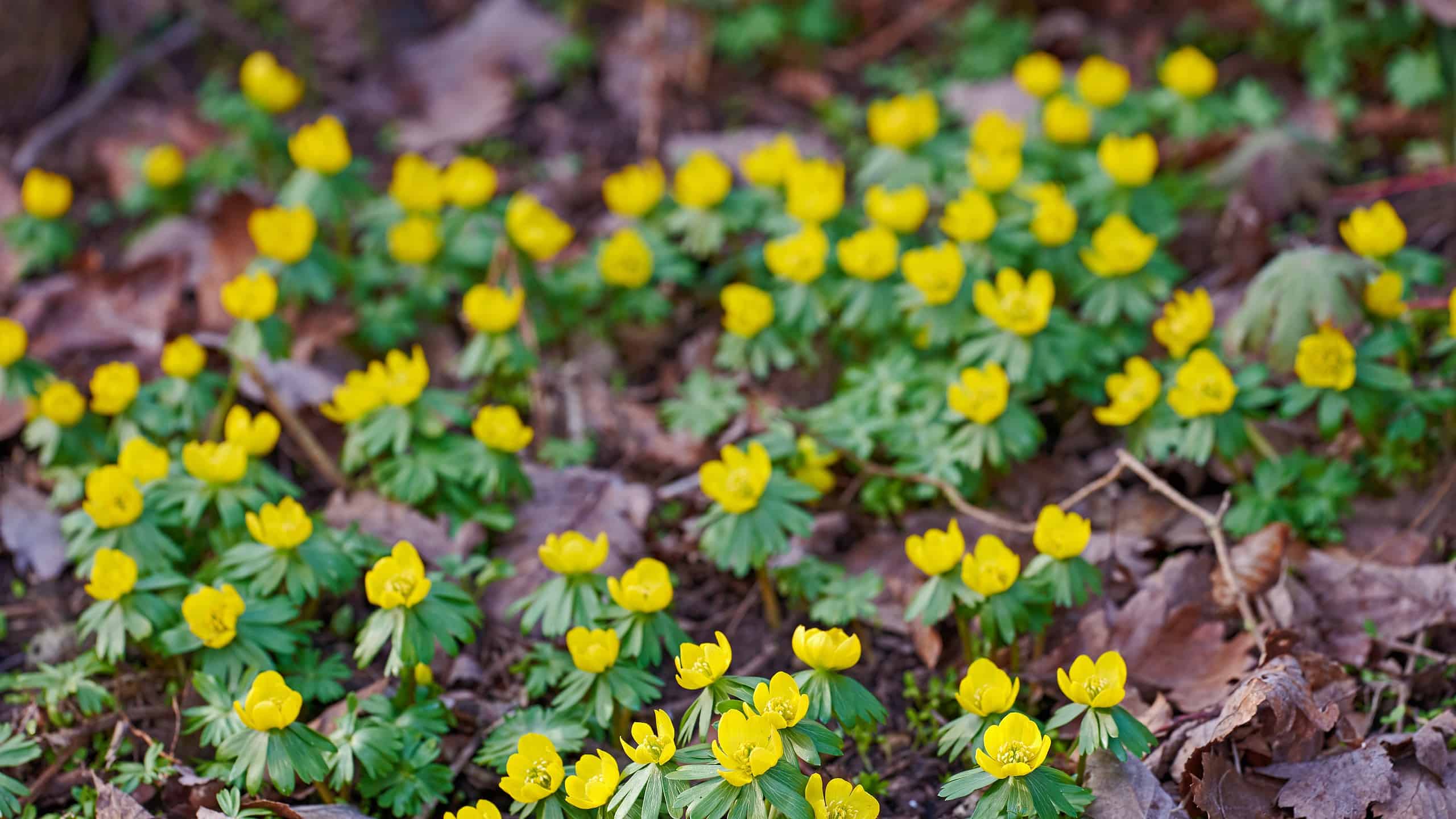
The scientific name for winter aconite flowers is
Eranthis hyemalis.
©PeopleImages.com - Yuri A/Shutterstock.com
Winter aconite flowers are native to France, Italy, and the Balkans but are found throughout Europe. They are also popular winter flowers in the United States to grow. The scientific name for winter aconite flowers is Eranthis hyemalis. As their name suggests, they bloom in late winter and early spring, tolerating cold temperatures. This isn’t the only reason, though. This vibrant yellow flower made our list. Winter aconite flowers symbolize rebirth and new beginnings. They are strong and hardy flowers, sometimes sprouting in snow. Winter aconites may also grow near or next to snowdrops.
Hydrangea
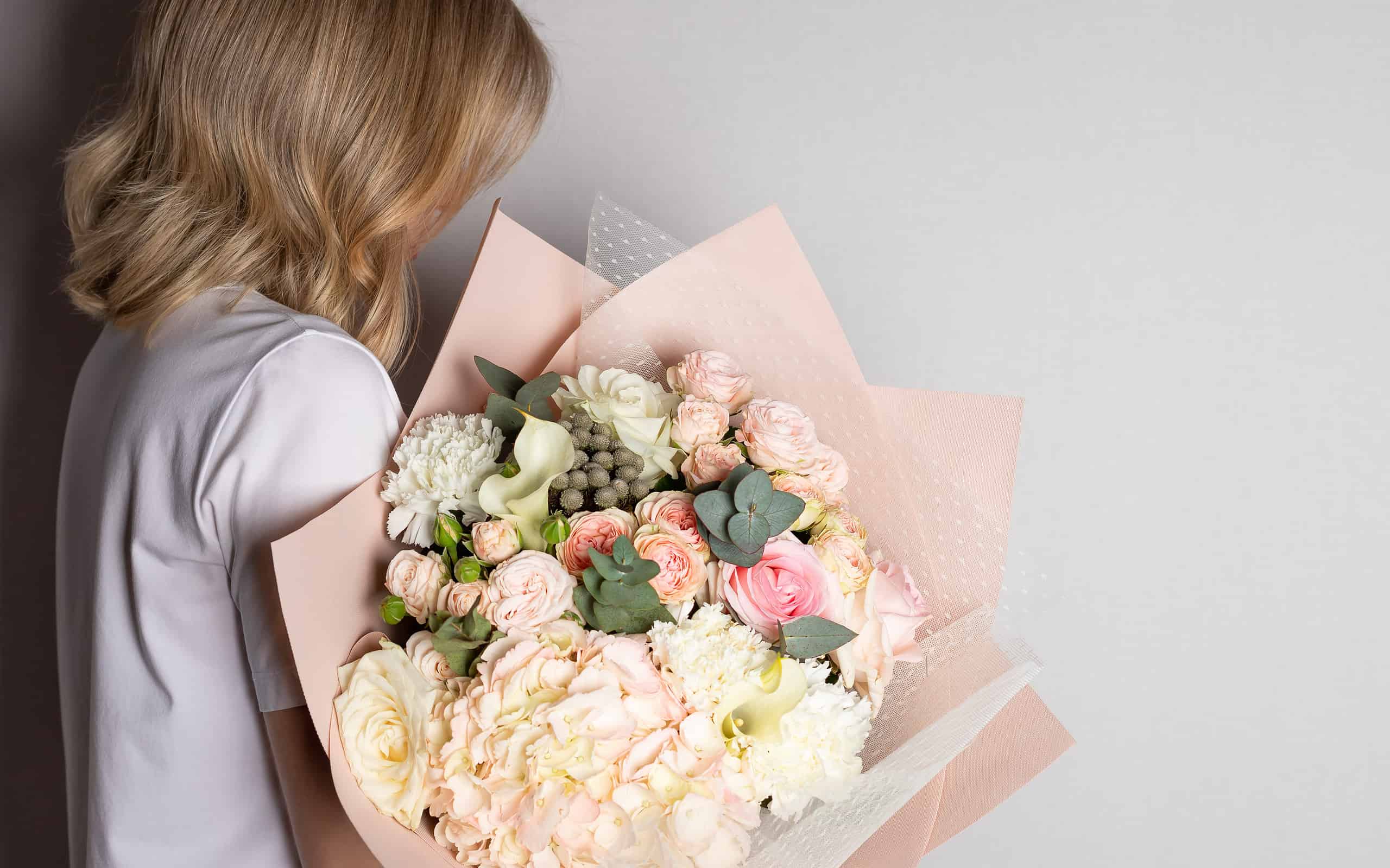
A flower that represents new beginnings, but also arrogance is the hydrangea.
©Mila Naumova/iStock via Getty Images
Hydrangeas are often associated with summer or spring. They are popular large-blooming flowers in the Hydrangeaceae family. Hydrangeas are native to Asia and Europe, although they are more diverse and common in Japan, China, and Korea. Although they bloom from spring to fall, these gorgeous flowers still represent winter. For instance, hydrangeas symbolize rebirth, renewal, and gratitude. These are hopeful words also used when referring to the feelings of winter. Hydrangeas, though, like other flowers, have many meanings and may also signify arrogance, bashfulness, and beauty.
English Primrose
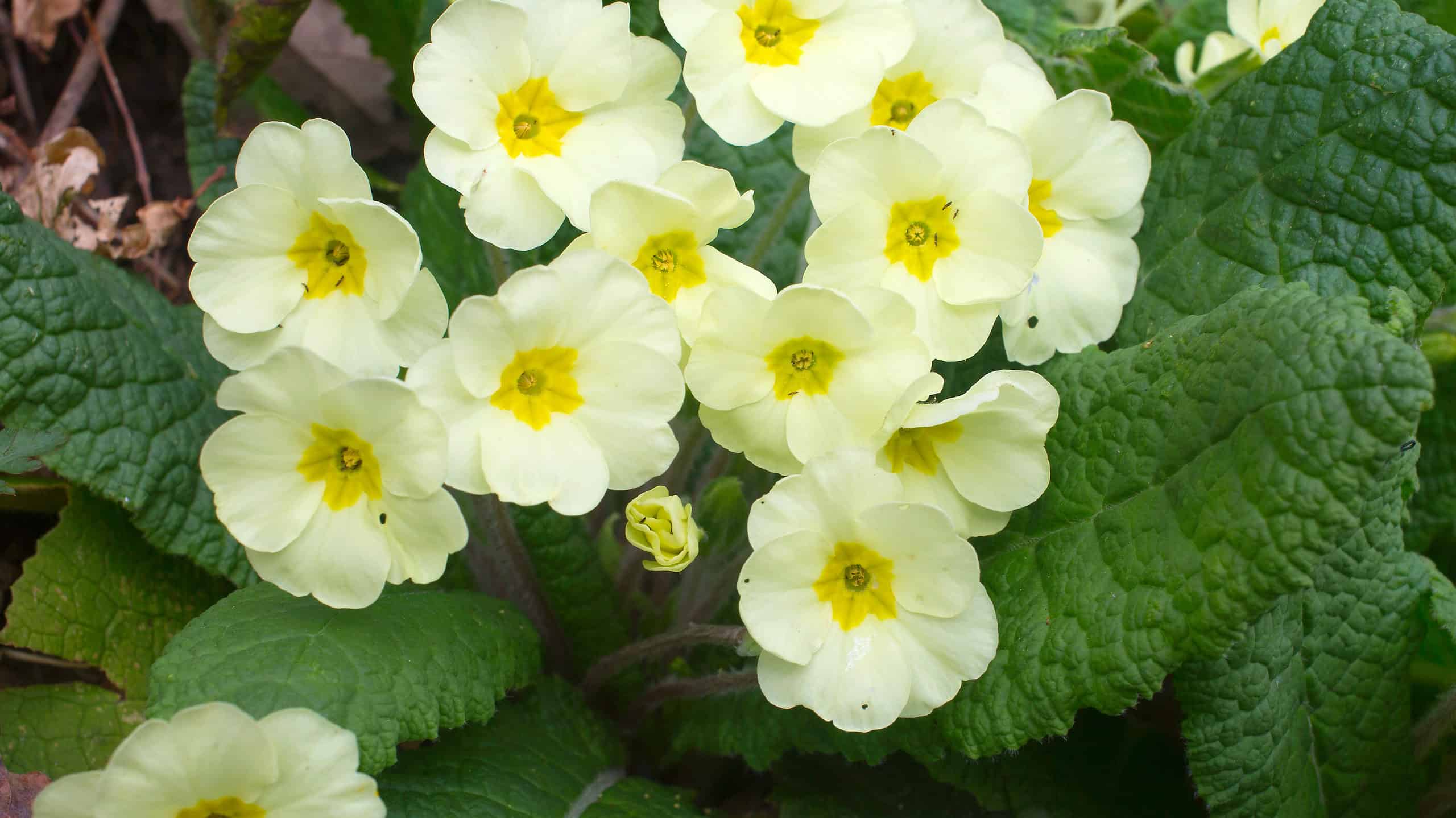
English primroses are not native to the United States.
©tony mills/Shutterstock.com
Continuing our list are English primroses. These vibrant flowers are native to parts of Europe, Asia, and Africa. They are common though in the United States and grow in many gardens and green spaces in cities. English primroses are sometimes also called common primroses. In the northern hemisphere, these dainty flowers bloom beginning in February. So, what do they represent? English primroses can symbolize many things, including happiness, youth, and renewal/rebirth. Interestingly, there are also negative meanings associated with these flowers. For instance, previously, primroses were a sign of fickleness or inconsistency. The color of the flower, though, changes the meaning a lot.
Witch Hazel
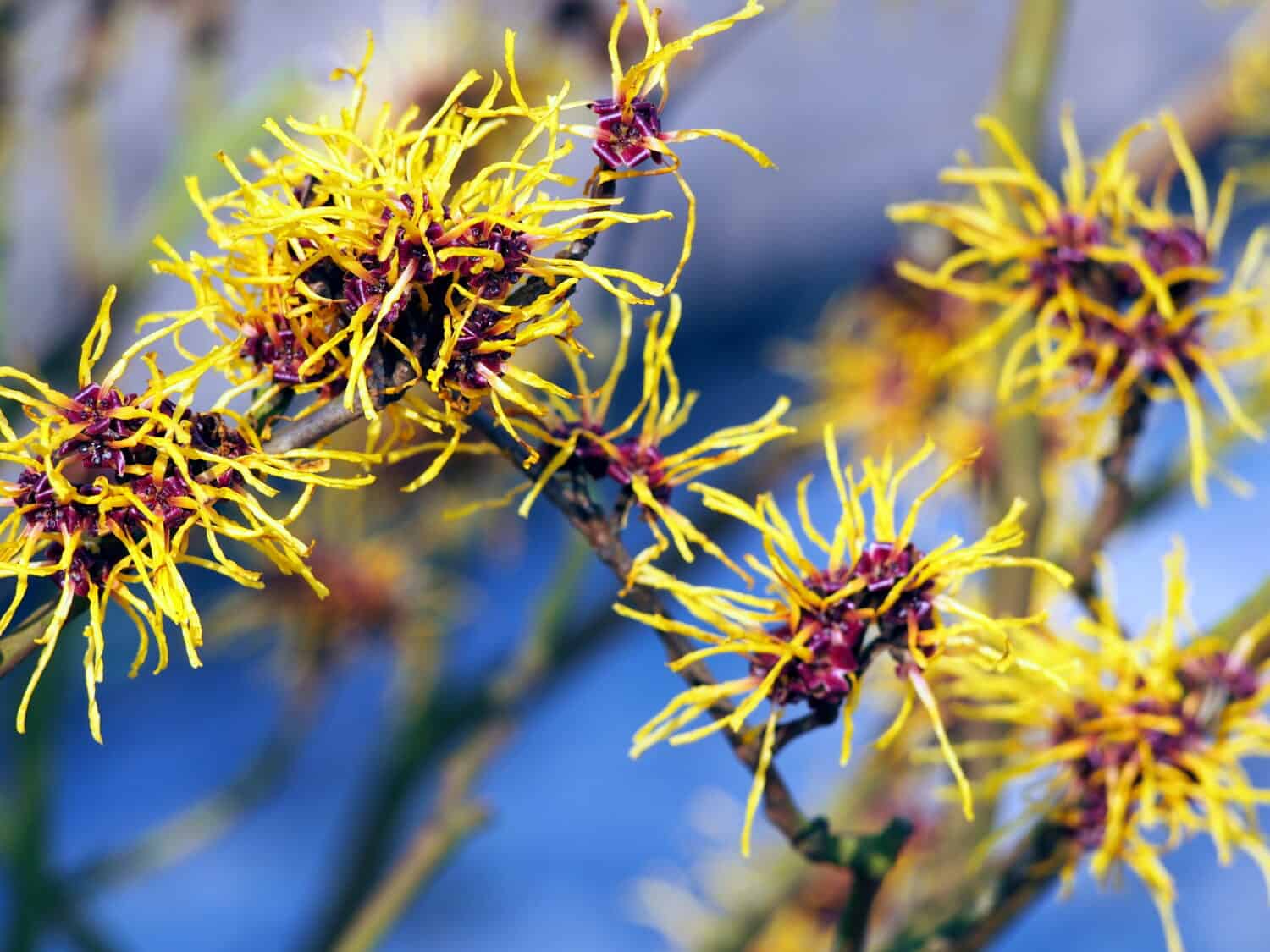
Witch hazel flowers are small, yellow, and plentiful.
©Anna Gratys/Shutterstock.com
Most people don’t think of witch hazel when they are listing flowers, but this helpful plant does produce small and strange yellow flowers. Witch hazels may grow as a shrub or a short tree, up to 24 feet tall. The flowers may bloom in either spring or winter, depending on the environment and the variety. They may start blooming as early as late September or early October. Witch hazel flowers, as the name suggests, have witchy and magical meanings. They are used for protection or to ward off evil energy and negativity. Witch hazel flowers are positive, often also symbolizing hope in dark times, like winter.
Daphne

The scientific name for a Winter Daphne flower is Daphne odora.
©High Mountain/Shutterstock.com
Have you ever heard of Daphne flowers? They go by many names, including Winter Daphne. This lovely flower’s scientific name is Daphne odora. It originates from China. They grow as shrubs, producing light pink and white flowers that are very fragrant. Winter Daphne plants are hardy, surviving temperatures as low as 14 °F. It’s associated with winter because of it’s cold hardiness. Winter Daphne flowers represent purity, immortality, innocence, hope, and light.
Lily of the Valley
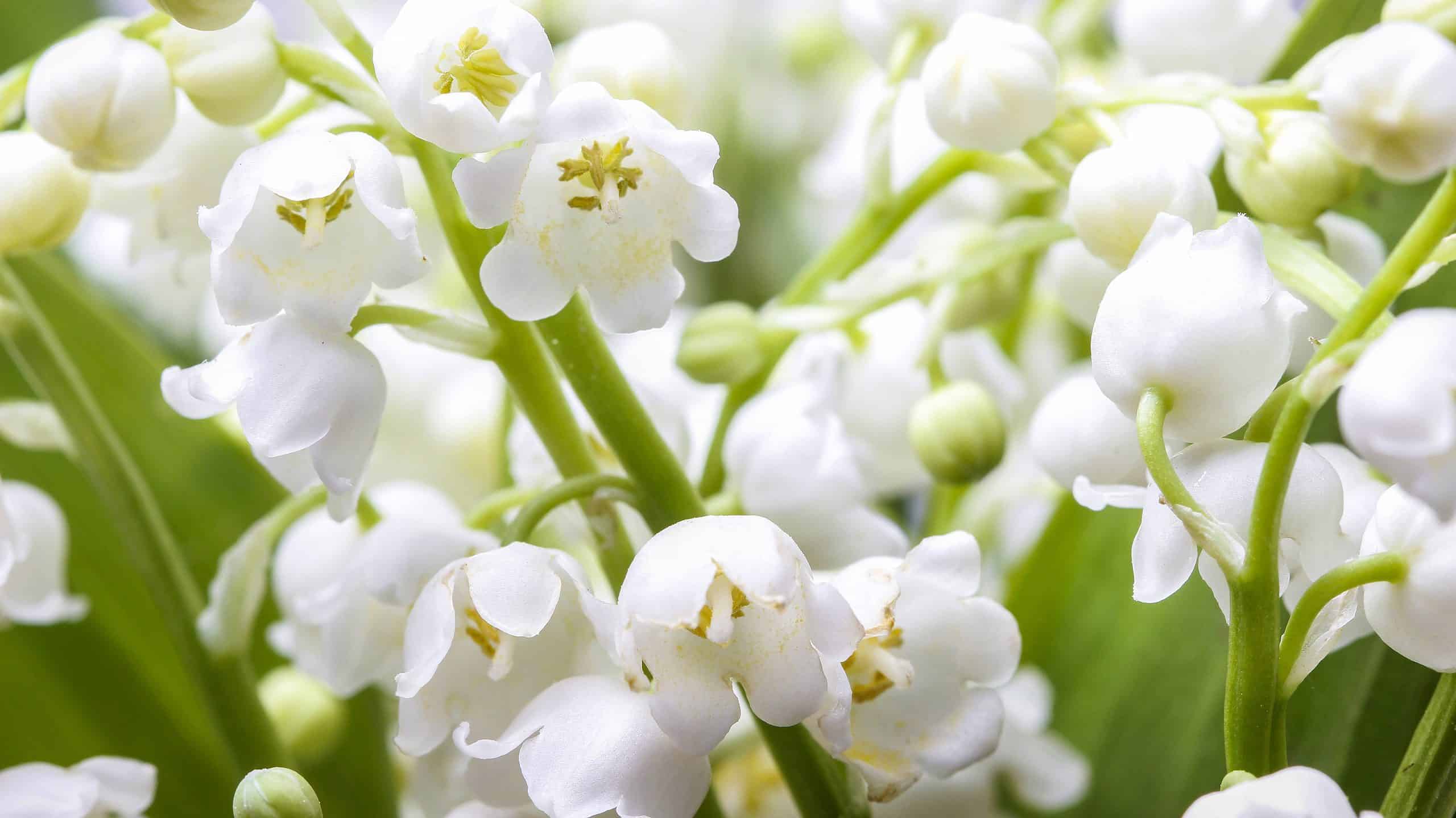
Lily of the Valley flowers can represent winter or spring.
©Agnes Kantaruk/Shutterstock.com
Another delicate and light winter flower to make it on our list is the lily of the valley, a plant found throughout the world. This peaceful flower has a sweet scent and produces small white bell-shaped flowers. Lily of the valley flowers don’t bloom in winter despite making it onto this list. Instead, they bloom during spring starting in March. Lily of the Valley flowers hold many meanings. They can represent serenity, new beginnings, motherhood, protection, innocence, and mourning. Interestingly, though, lily of the valley flowers more often represent spring.
Violet
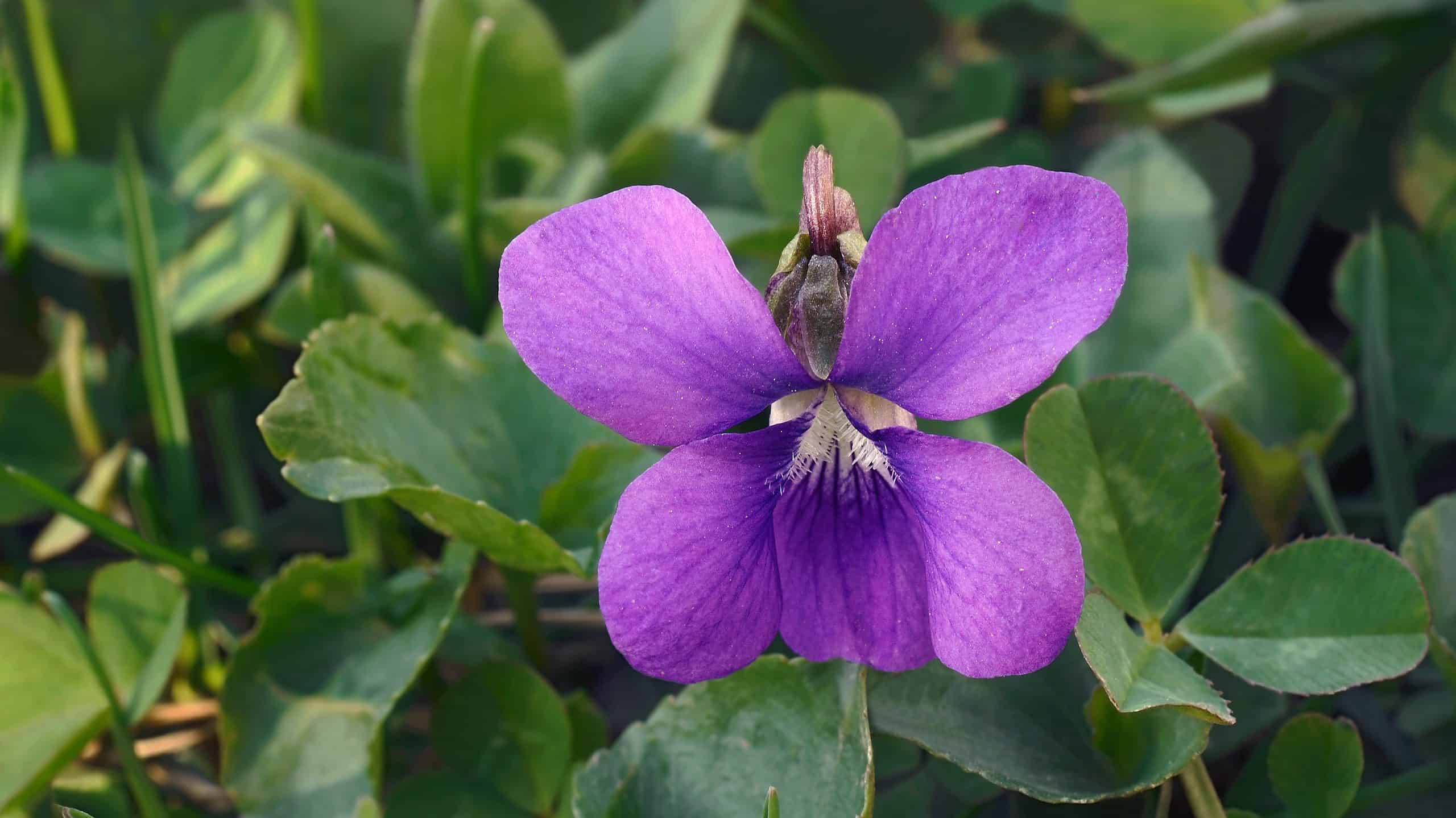
There are over 600 species of violets.
©Nikolay Kurzenko/Shutterstock.com
Last but not least are violet flowers. Viola is technically a genus of flowering plants, not a specific species. The genus contains nearly 700 species. Violets range in color and size but are generally known for their purple coloration. Although most violets bloom in spring and fall, a few species are hardy, surviving cold winters. So, what do Viola flowers represent? These gorgeous flowers symbolize many things, including passion, innocence, magic, purity, faithfulness, and peace. They may also represent remembrance and are sometimes gifted at funerals.
The photo featured at the top of this post is © emer1940/iStock via Getty Images
Thank you for reading! Have some feedback for us? Contact the AZ Animals editorial team.







